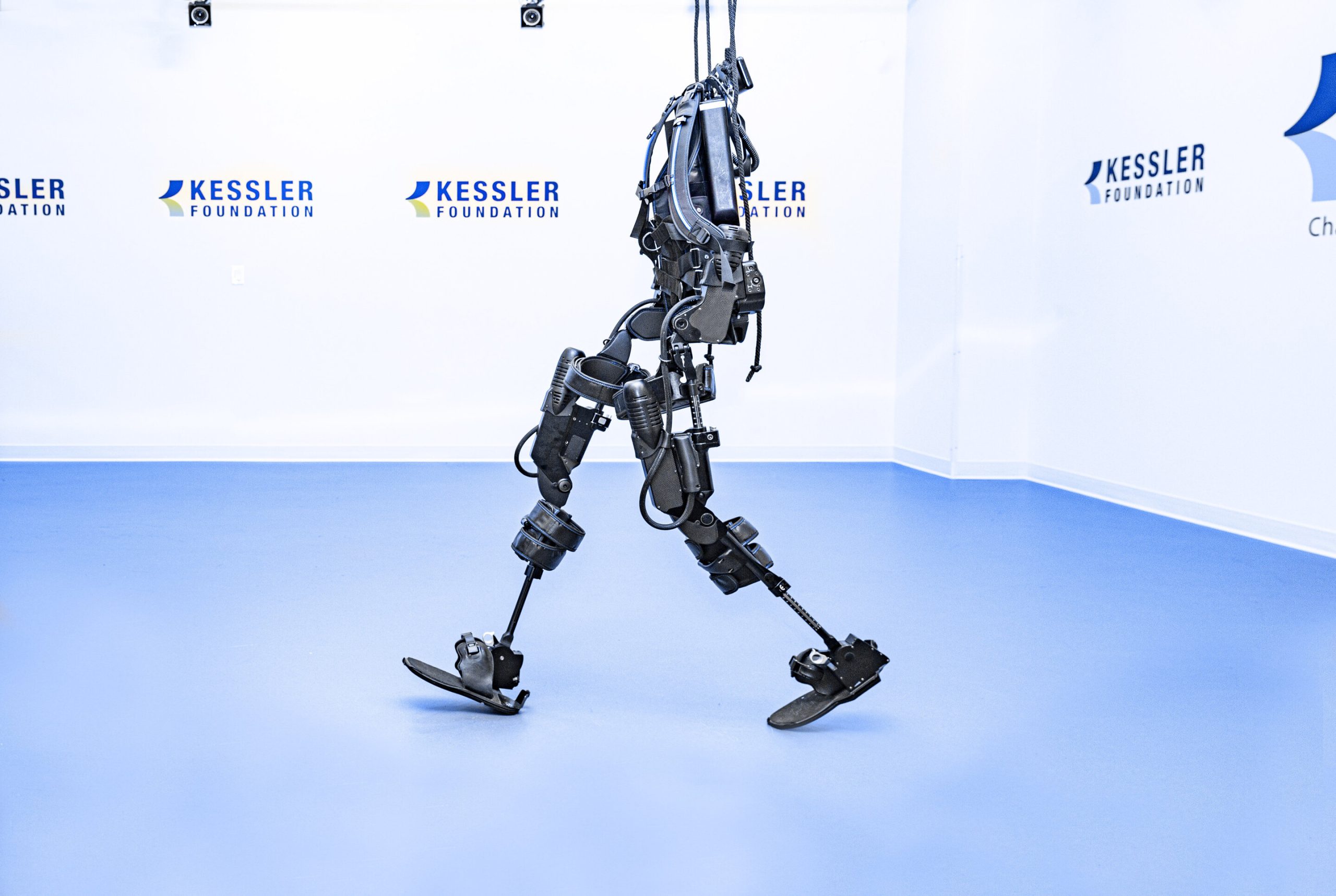The Future of Food Technology: Lab-Grown Meat and Beyond
In recent years, the landscape of food technology has undergone a revolutionary transformation, giving rise to innovative and sustainable solutions to address the ever-growing global demand for Food. One of the most fascinating advancements in this realm is the emergence of lab-grown meat, a groundbreaking concept poised to reshape how we produce and consume animal protein. In this comprehensive article, we delve into the intricacies of lab-grown meat, its potential implications, and the broader horizons of food technology that lie ahead. Lab-Grown Meat: A Glimpse into the Future Lab-grown meat, also known as cultured meat or cell-based meat, is a revolutionary concept involving growing animal muscle tissue in a controlled laboratory environment, bypassing traditional livestock farming. The process begins by extracting a small sample of animal cells, such as muscle stem cells, and nurturing them in a nutrient-rich medium that facilitates their growth into edible meat. This innovative approach holds immense promise in addressing conventional meat production’s environmental, ethical, and sustainability challenges. read more



